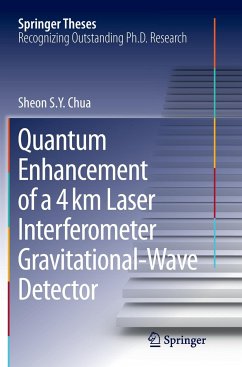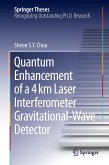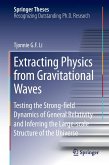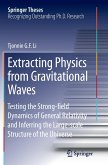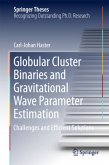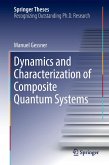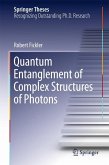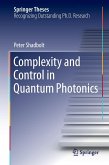The work in this thesis was a part of the experiment of squeezed light injection into the LIGO interferometer. The work first discusses the detailed design of the squeezed light source which would be used for the experiment. The specific design is the doubly-resonant, traveling-wave bow-tie cavity squeezed light source with a new modified coherent sideband locking technique. The thesis describes the properties affecting the squeezing magnitudes and offers solutions which improve the gain. The first part also includes the detailed modeling of the back-scattering noise of a traveling Optical Parametric Oscillator (OPO). In the second part, the thesis discusses the LIGO Squeezed Light Injection Experiment, undertaken to test squeezed light injection into a 4km interferometric gravitational wave detector. The results show the first ever measurement of squeezing enhancement in a full-scale suspended gravitational wave interferometer with Fabry-Perot arms. Further, it showed that the presence of a squeezed-light source added no additional noise in the low frequency band. The result was the best sensitivity achieved by any gravitational wave detector. The thesis is very well organized with the adequate theoretical background including basics of Quantum Optics, Quantum noise pertaining to gravitational wave detectors in various configurations, along with extensive referencing necessary for the experimental set-up. For any non-experimental scientist, this introduction is a very useful and enjoyable reading. The author is the winner of the 2013 GWIC Theses Prize.
Bitte wählen Sie Ihr Anliegen aus.
Rechnungen
Retourenschein anfordern
Bestellstatus
Storno

